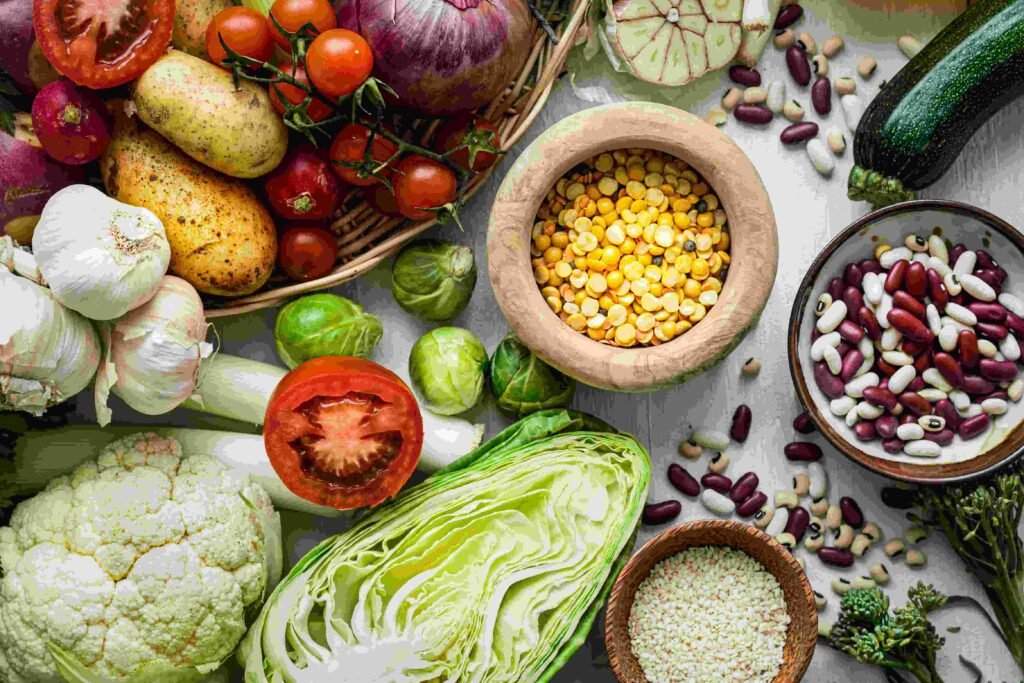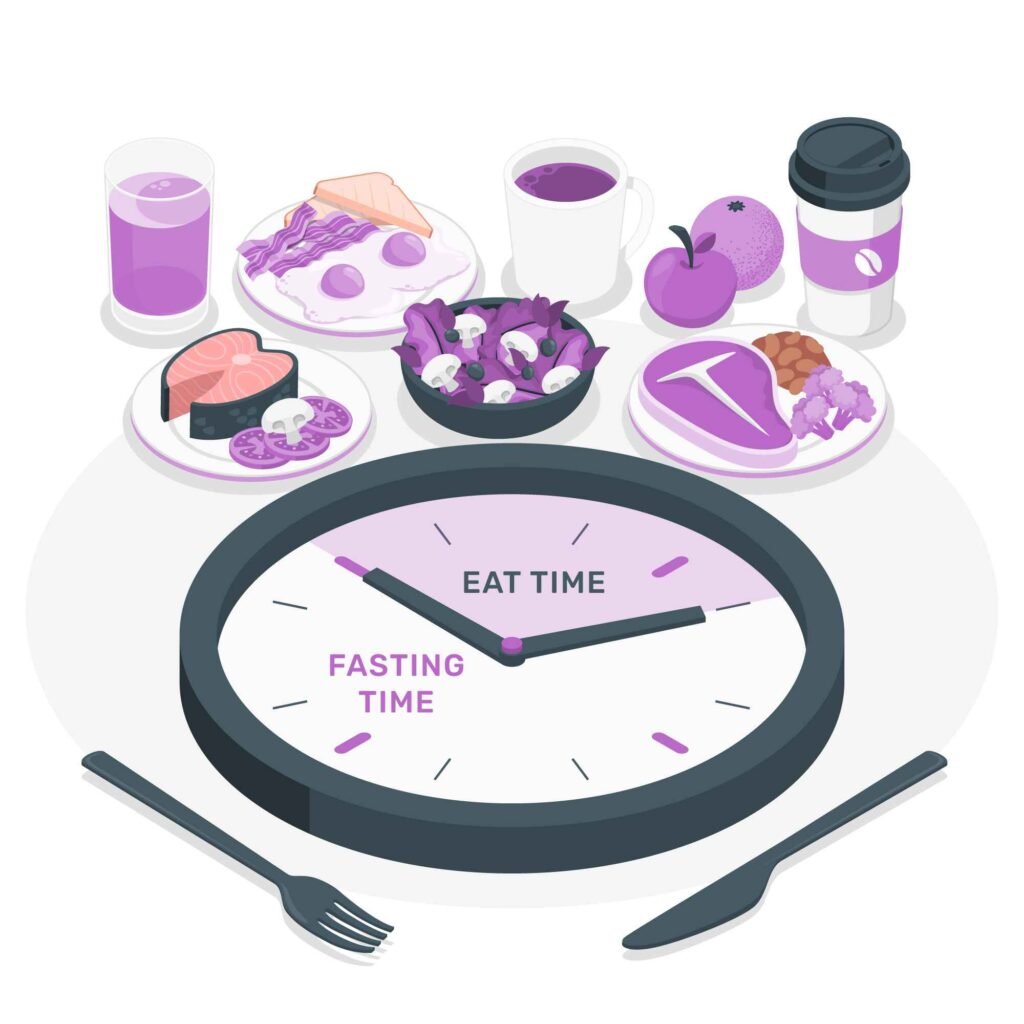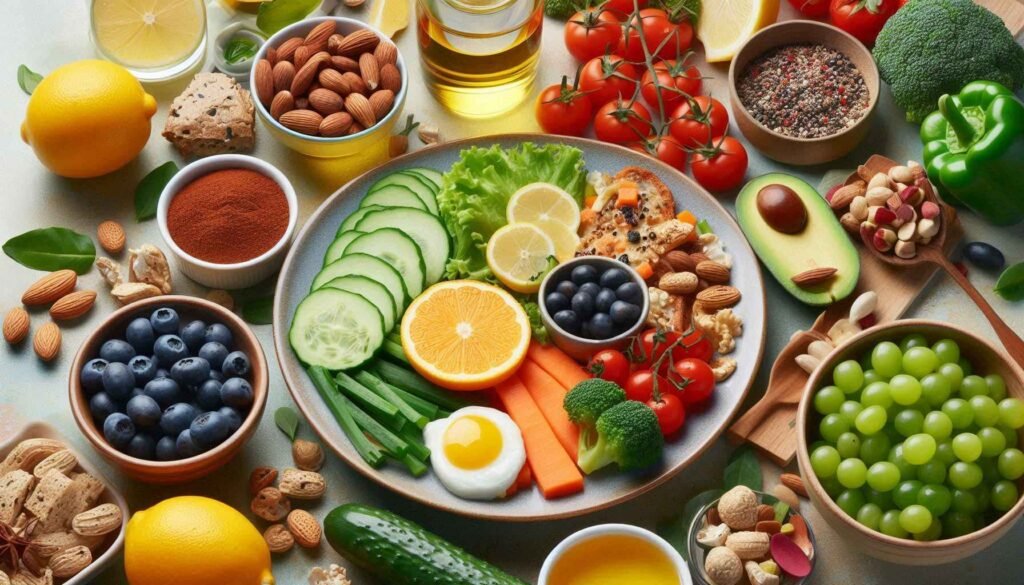
Transitioning to a plant-based diet is a significant lifestyle change that can bring numerous health benefits, promote environmental sustainability, and contribute to animal welfare. This guide will explore the benefits of adopting a plant-based diet, provide some delicious recipes, and offer practical tips to help you make the switch smoothly.
Benefits of a Plant-Based Diet
1. Improved Health Outcomes
Adopting a plant-based diet is associated with numerous health benefits, including a lower risk of chronic diseases such as heart disease, type 2 diabetes, and certain cancers. Whole, minimally processed plant-based foods are low in saturated fat and cholesterol, which can help reduce blood cholesterol levels and improve heart health. Studies have shown that such diets are effective in lowering blood pressure, managing weight, and reducing the risk of developing chronic diseases.
For those with type 2 diabetes, a plant-based diet can lead to better blood sugar control and weight management, potentially reversing the condition. A diet rich in fiber from fruits, vegetables, whole grains, and legumes helps regulate blood sugar levels and improve insulin sensitivity.
2. Environmental Sustainability
Switching to a plant-based diet is one of the most impactful choices you can make for the environment. Livestock farming is resource-intensive, contributing significantly to greenhouse gas emissions, deforestation, and water usage. By choosing plant-based foods, you can reduce your carbon footprint and contribute to more sustainable food production practices.
3. Weight Management and Digestive Health
The high fiber content of plant-based foods promotes satiety and can help with weight management. Additionally, fiber supports a healthy digestive system, reducing the risk of constipation and promoting regular bowel movements.
Essential Nutrients and How to Get Them
When transitioning to a plant-based diet, it’s crucial to focus on obtaining key nutrients that are typically abundant in animal products. Here’s how to ensure you’re meeting your nutritional needs:
1. Protein
A common concern about plant-based diets is protein intake. However, there are numerous plant-based sources of protein, including:
- Legumes (lentils, chickpeas, black beans): Rich in protein and fiber.
- Soy Products (tofu, tempeh, edamame): These are versatile and nutrient-dense, providing high-quality protein.
- Quinoa: A complete protein source, containing all nine essential amino acids.
- Nuts and Seeds (almonds, chia seeds, hemp seeds): Great for adding protein and healthy fats to your diet.
Combining different protein sources throughout the day can help you meet your protein needs without relying on animal products.
2. Iron
Iron is crucial for energy production and transporting oxygen in the blood. Plant-based sources of iron include:
- Leafy Greens: Spinach, kale, and Swiss chard are excellent sources.
- Legumes and Whole Grains: Lentils, chickpeas, and quinoa.
- Nuts and Seeds: Pumpkin seeds and almonds.
To enhance iron absorption, pair iron-rich foods with vitamin C-rich foods like bell peppers, oranges, or strawberries.
3. Vitamin B12
Vitamin B12 is essential for nerve function and is primarily found in animal products. Those on a plant-based diet should consider fortified foods (like plant milks and cereals) or supplements to meet their needs.
4. Omega-3 Fatty Acids
Omega-3s are important for heart and brain health. Plant-based sources include:
- Flaxseeds and Chia Seeds: Rich in alpha-linolenic acid (ALA), a type of omega-3 fatty acid.
- Walnuts and Hemp Seeds: Also good sources of ALA.
Transitioning Tips for a Plant-Based Diet
1. Start Slow
Transitioning to a plant-based diet doesn’t have to happen overnight. Start by incorporating more plant-based meals into your routine, like having one plant-based day a week or replacing one meal a day with a plant-based option.
2. Plan Your Meals
Meal planning is key to maintaining a balanced diet. Include a variety of fruits, vegetables, whole grains, legumes, nuts, and seeds to ensure you’re getting all the nutrients you need.
3. Experiment with Recipes
Trying new recipes can make the transition enjoyable. For instance, try a hearty lentil soup, a chickpea curry, or a quinoa salad with mixed vegetables and a lemon-tahini dressing.
4. Find Plant-Based Alternatives
There are plant-based versions of many animal-based foods, like plant milks, cheeses, and meat substitutes. These can help ease the transition while you adapt to new flavors and textures.
Delicious Plant-Based Recipes to Get Started
- Lentil Bolognese: A rich and hearty sauce made with lentils, tomatoes, and Italian herbs. Serve over whole grain pasta or zucchini noodles.
- Chickpea Salad Sandwich: Mashed chickpeas with avocado, celery, and spices, served on whole grain bread.
- Tofu Stir-Fry: Marinated tofu sautéed with a mix of colorful vegetables and served over brown rice.
- Quinoa and Black Bean Stuffed Peppers: Bell peppers filled with a mixture of quinoa, black beans, corn, and spices, baked until tender.
Staying Motivated and Informed
Connect with others who are on a similar journey through online communities, social media groups, or local meetups. This support network can offer advice, share recipes, and provide motivation to stick with your new diet.
Conclusion
A plant-based diet offers numerous health benefits, supports environmental sustainability, and can be delicious and satisfying. By starting slow, planning your meals, and ensuring you get the right nutrients, you can successfully transition to a plant-based lifestyle that promotes your health and well-being.



